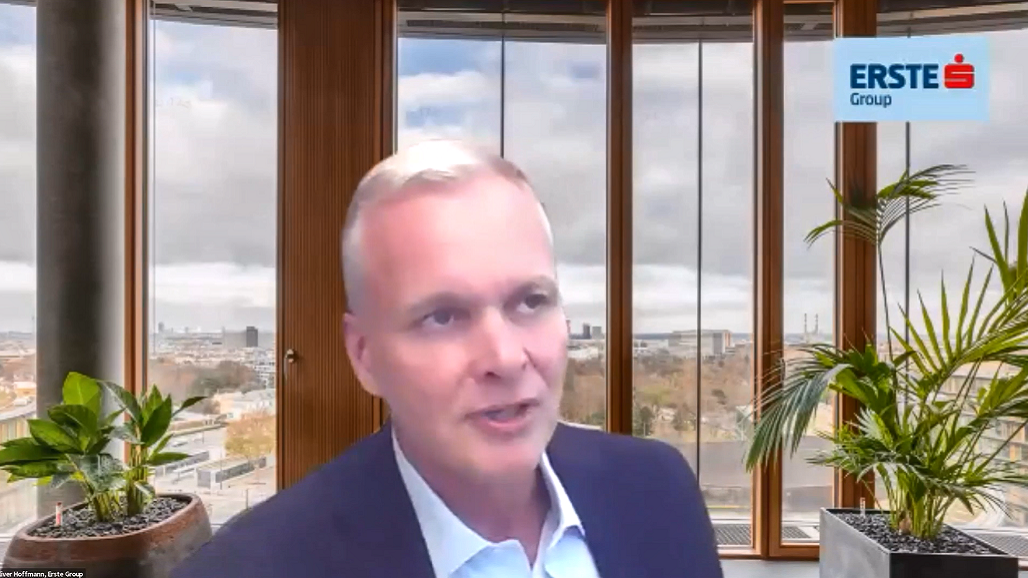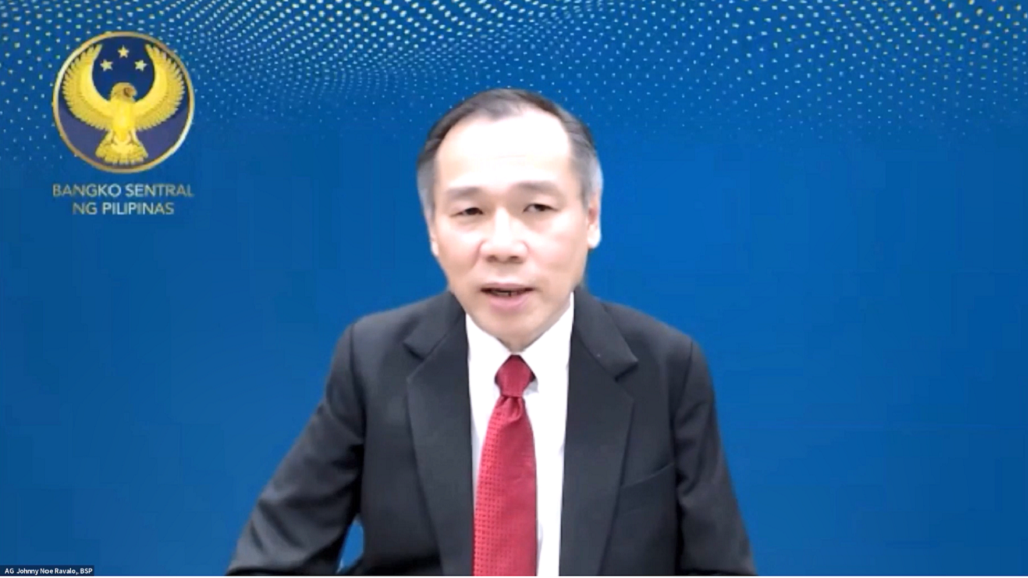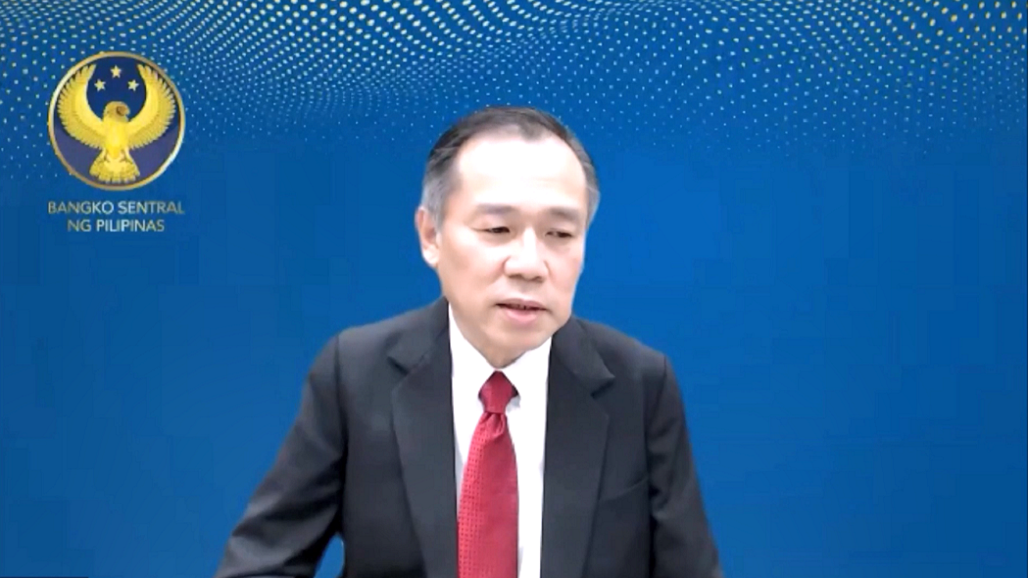The Association of Credit Rating Agencies in Asia (ACRAA) in cooperation with the Asian Bankers Association (ABA) successfully held the conference on “Addressing Evolving Systemic Risks: The Challenges” on August 24 2023.
With more than 500 participants from 30 countries. the Conference focused on “financial stability” as a distinct objective that covers the entirety of the financial system and emphasized the inherently interlinked nature of stakeholder decisions, thus the ensuing risks. The three-hour session featured experts representing three critical components of the financial system: the credit rating agencies, the commercial banks, and the central bank.
SUMMARY
Hereunder is a summary of the discussions:
(1) The first session “Addressing Systemic Risks in Credit Ratings” featured Sabeen Saleem, IIRA, Bahrain and three experts reactors: Christine Zhang, CCXI, China; Ranjan Sharma, Careedge, India and Özgur Fuad Engin, JCRER, Turkey.

(a) Some key points discussed by Sabeen Saleem:
- Systemic risk as culmination of segregated risks causing the breakdown of an entire system.
- How regulation builds in ratings in market mechanism is central to protecting the system from any exacerbation of risks that may be caused even by accurate and timely rating actions.
- Timely regulatory response effectively limited the contagion so far.
- The timeliness of ratings is as important as their accuracy.
- Stability of ratings is an important indicator of rating agency performance.
- Systemic Risk can cause debt repayment crisis at sovereign level.
- The potential for systemic risk can be built into ratings systematically to avoid sharp movements through sector ceilings.
- Clear communication is critical to markets.
(b) Key points discussed by Christine Zhang:
- Structural change in Chinese economy is putting pressure on the asset quality of banking system.
- With the shift of policy on property markets, the impact of liquidity risk on the banking asset quality is controllable.
- Probability of systemic risks occurring in LGFV is low, weak qualified banks in weak regions remain vulnerable.
- Regulators have set enough buffers in banking sector to maintain financial stability.
(c) Key points discussed by Ranjan Sharma:
- Instances of systemic risks exposing financial sector in India.
- How systemic risk was addressed in UTI.
- How systemic risk was addressed in Yes Bank.
- Factors enabling effective dealing of systemic risks.
(d) Key points discussed by Ozgur Fuad Engin:
- Preventing Systemic Crisis during Pandemic: Macroprudential Responses in Türkiye.
- Banking system accounts for 95% of total real sector financing.
- ~80% of borrowers state they borrow to finance working capital.
- As a result, banking sector averted a systemic shock.
(2) The second session on “Addressing Evolving Systemic Risk Scenarios in Commercial Banks” featured Mr. Oliver Hoffman, ABA Vice Chairman and Managing Director, Head of Asia at Erste Group Bank AG, Hong Kong Branch.

Oliver Hoffman discussed components of systemic risks in the banking sector such as:
- Key points defining banks’ risk connectivity.
- European System Risk Board.
- Interlinkages risk, Macro risk, Credit risk, Funding and liquidity risk.
- Market risk, Profitability and solvency risk, Structural risk, Central counterparty risk.
- And examples.
(3) The third session on “Addressing Evolving Systemic Risks: The Challenges” featured Dr. Johnny Noe E. Ravalo, Senior Assistant Governor in the Office of Systemic Risk Management at Bangko Sentral ng Pilipinas.

Dr. Ravalo summarized his presentation as follows:
The Global Financial Crisis was the compelling case for financial authorities to re-examine the conventional thinking at that time. Since then, much of the global initiative has been described as managing systemic risks. Yet despite its rise to policy prominence and the actual emergence of such risks in recent years, there is much about it that is either unknown or misunderstood.
From the perspective of policy, our objective is to identify and mitigate those shocks that can cascade throughout the system to form newer and bigger shocks. This is “different and difficult” on several levels because the risks may seem innocuous at the start. Challenges abound in appreciating the underlying whys and why nots, and arguably in executing what needs to be done.
PRESENTATIONS & VIDEO
The PDF copy of all the presentations is available for ACRAA and ABA members only..
The recording of the webinar can be viewed at ABA Youtube Channel below:


Leave a Reply